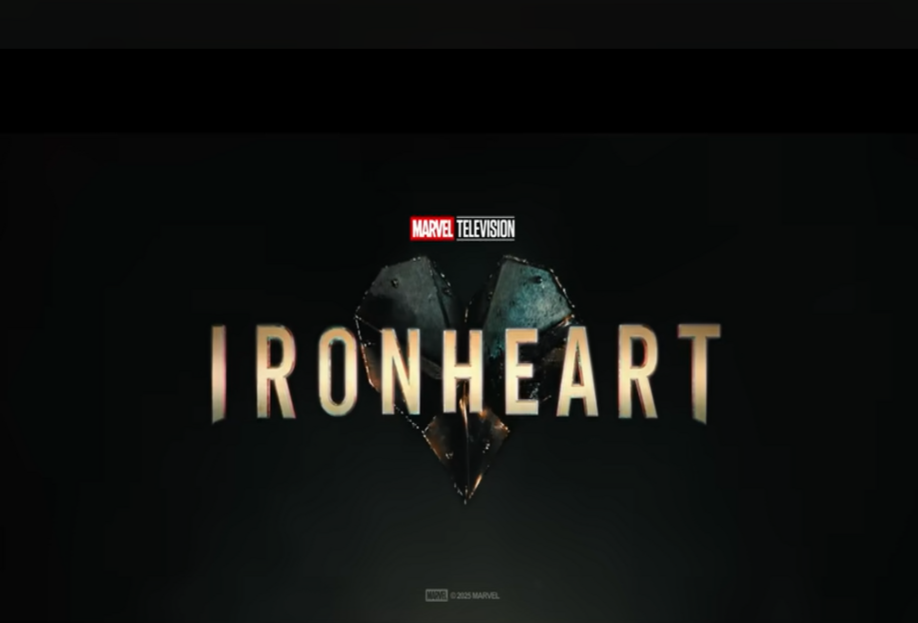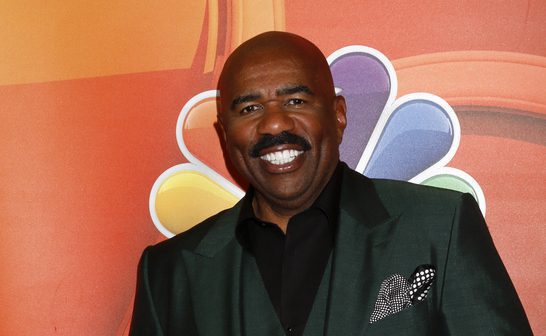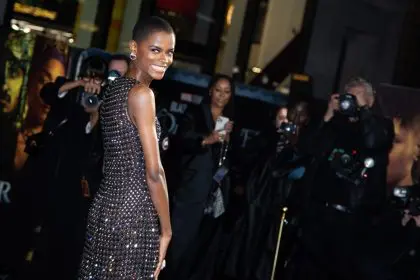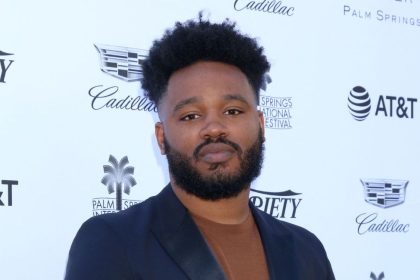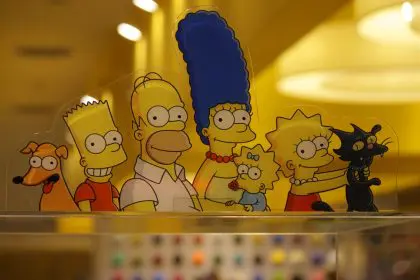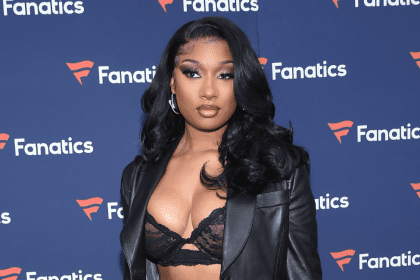Marvel’s latest Disney Plus offering has delivered a stunning surprise to viewers who had written off the series before it even premiered. The show, which faced considerable skepticism from both dedicated Marvel Cinematic Universe enthusiasts and casual fans, has emerged as an unexpected triumph that challenges preconceived notions about the streaming platform’s superhero content.
Despite involvement from acclaimed filmmaker Ryan Coogler, the series struggled to generate enthusiasm prior to its release, with many considering it among the least anticipated entries in Marvel’s television catalog. This lack of initial excitement has made its ultimate success all the more remarkable for those who gave it a chance.
Emotional depth tackles serious themes with sensitivity
The series centers on Riri Williams, who returns to her Chicago hometown after being expelled from the Massachusetts Institute of Technology for selling completed assignments to fund her technological innovations. Her academic dismissal stems from financial desperation as she attempts to develop an advanced protective suit inspired by Iron Man’s legacy.
Williams becomes entangled with Parker Robbins, known as The Hood, a mysterious gang leader who offers to finance her suit development in exchange for assistance with criminal enterprises. This moral compromise creates internal conflict as Williams struggles between her philanthropic goals and the questionable methods required to achieve them.
The show explores Williams’ psychological trauma stemming from losing her stepfather and best friend in a random act of gun violence. This devastating experience drives her ambition to revolutionize safety through technology while simultaneously creating deep-seated emotional scars that manifest as post-traumatic stress disorder and panic attacks.
Complex character development defies superhero stereotypes
Williams emerges as a more complicated protagonist than typical Marvel heroes, displaying an unwavering ambition and ego that occasionally positions her as an anti-hero similar to morally ambiguous characters from other acclaimed television dramas. Her decisions carry genuine consequences that impact both herself and those around her.
The series features an artificial intelligence construct called N.A.T.A.L.I.E., created inadvertently by Williams and voiced by the same actress who portrays her deceased best friend Natalie in flashback sequences. This technological creation serves both as a practical assistant and emotional catalyst, helping Williams process her unresolved grief.
Dominique Thorne’s performance as Williams demonstrates impressive range, balancing swagger and vulnerability while maintaining comedic timing throughout the series’ surprisingly humorous moments. Despite dealing with heavy themes including trauma, magic, and crime, the show incorporates levity that prevents it from becoming overwhelmingly dark.
Production elements blend familiar and innovative approaches
The series successfully merges technological and magical elements, creating unique storytelling opportunities that distinguish it from other Marvel properties. While technology and magic are traditionally portrayed as opposing forces, the show explores how these elements can complement each other to create something entirely new within the Marvel Cinematic Universe.
Anthony Ramos portrays The Hood with complexity that evolves throughout the series, transforming from an underdeveloped antagonist into a fully realized villain with sympathetic motivations. His character development demonstrates the show’s commitment to creating multidimensional adversaries rather than simple obstacles for the protagonist to overcome.
The series employs a unique two-part release schedule, with episodes released in three-episode batches rather than the traditional weekly format. This structure allows for more cohesive storytelling while maintaining audience engagement across multiple viewing sessions.
Technical execution and narrative structure show strengths and weaknesses
While the series succeeds in many areas, it occasionally suffers from pacing issues that prevent certain character developments and plot threads from receiving adequate exploration. Some episodes feel rushed, particularly in the final installments that attempt to set up potential future storylines while resolving current conflicts.
The dialogue sometimes feels stilted or clunky, with hard cuts between scenes creating jarring transitions that detract from the overall viewing experience. These technical issues are most noticeable in early episodes but improve as the series progresses.
Despite these limitations, the series maintains strong emotional resonance through its family-oriented themes and street-level approach to superhero storytelling. The smaller scale allows for more intimate character exploration while still delivering the action sequences expected from Marvel productions.


